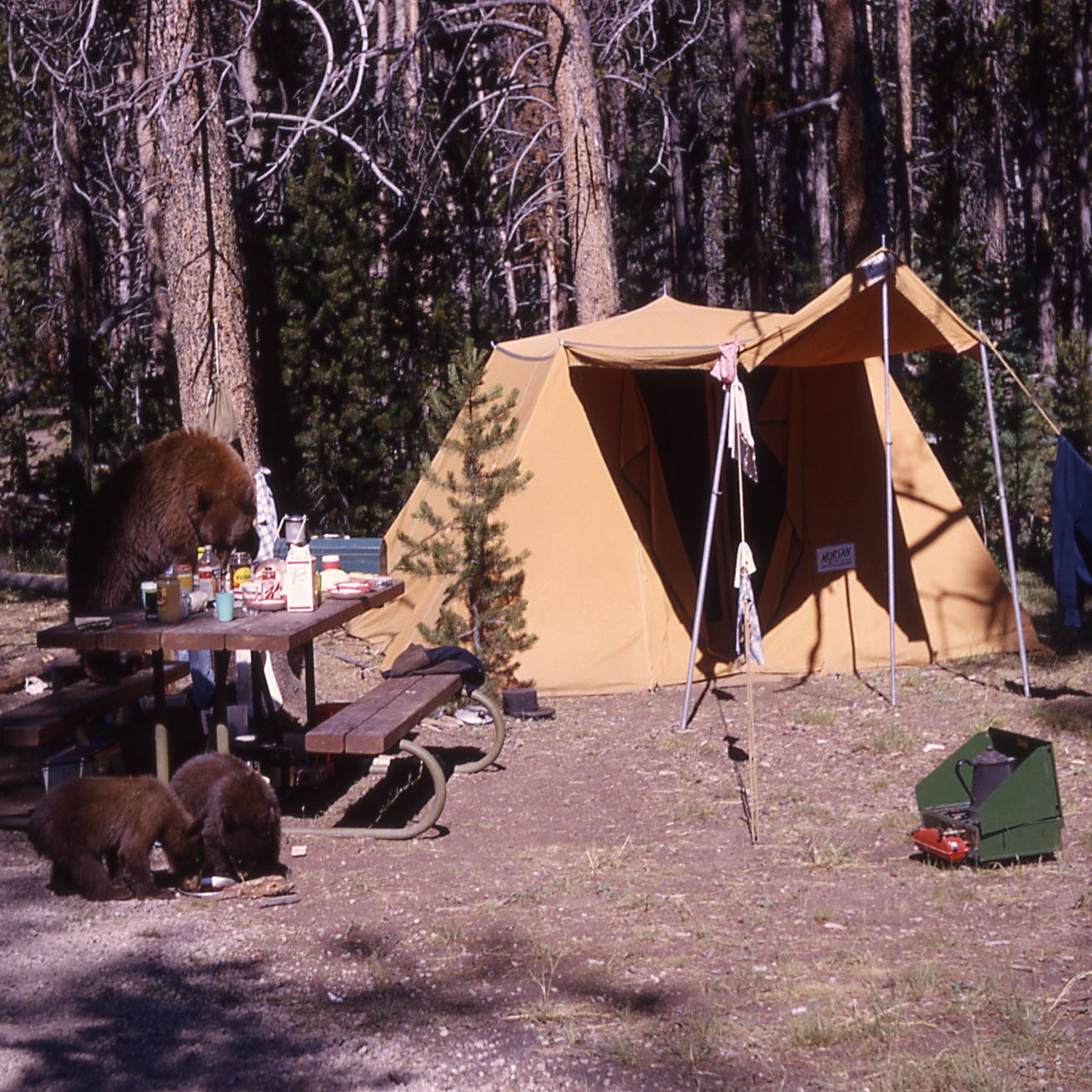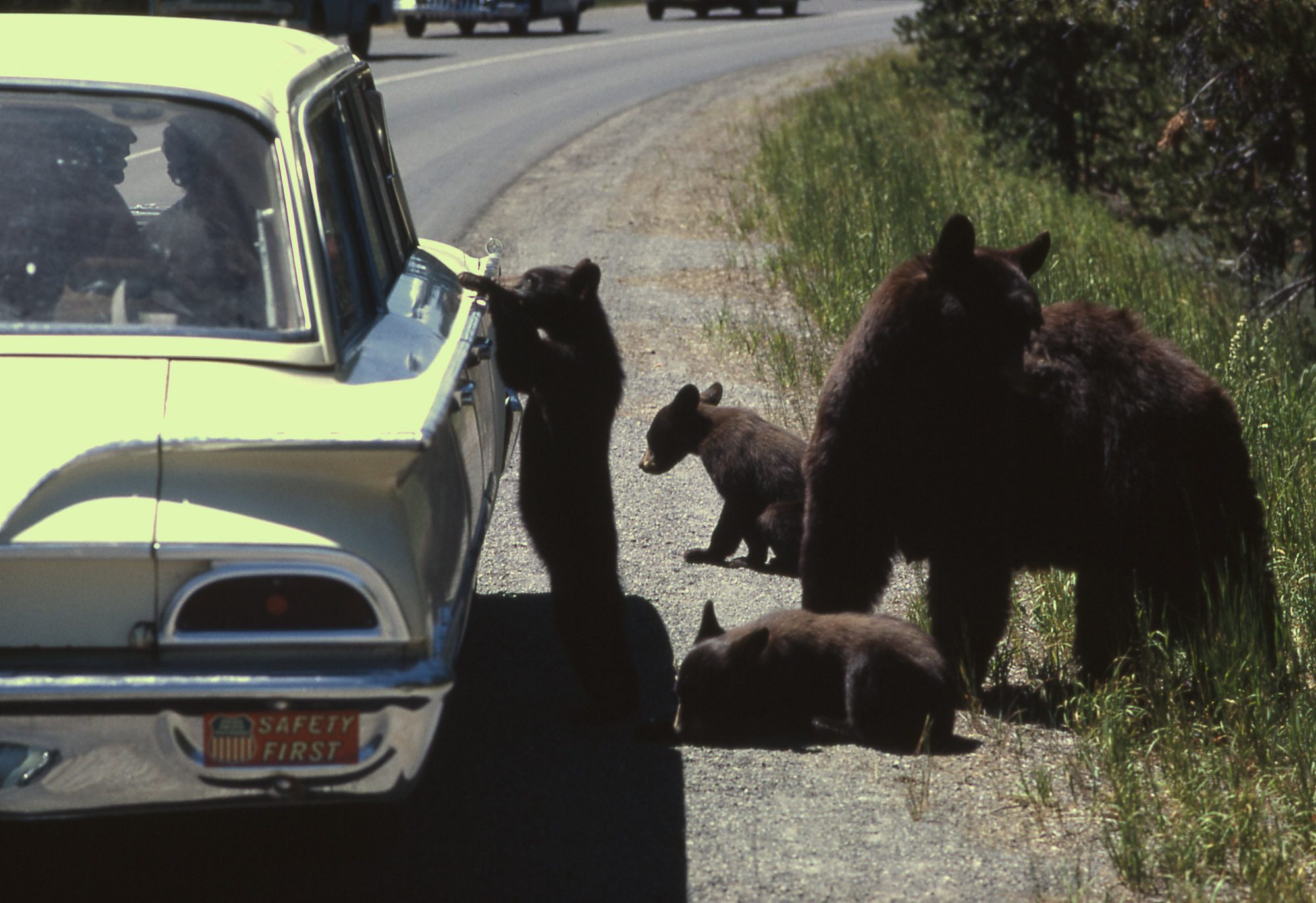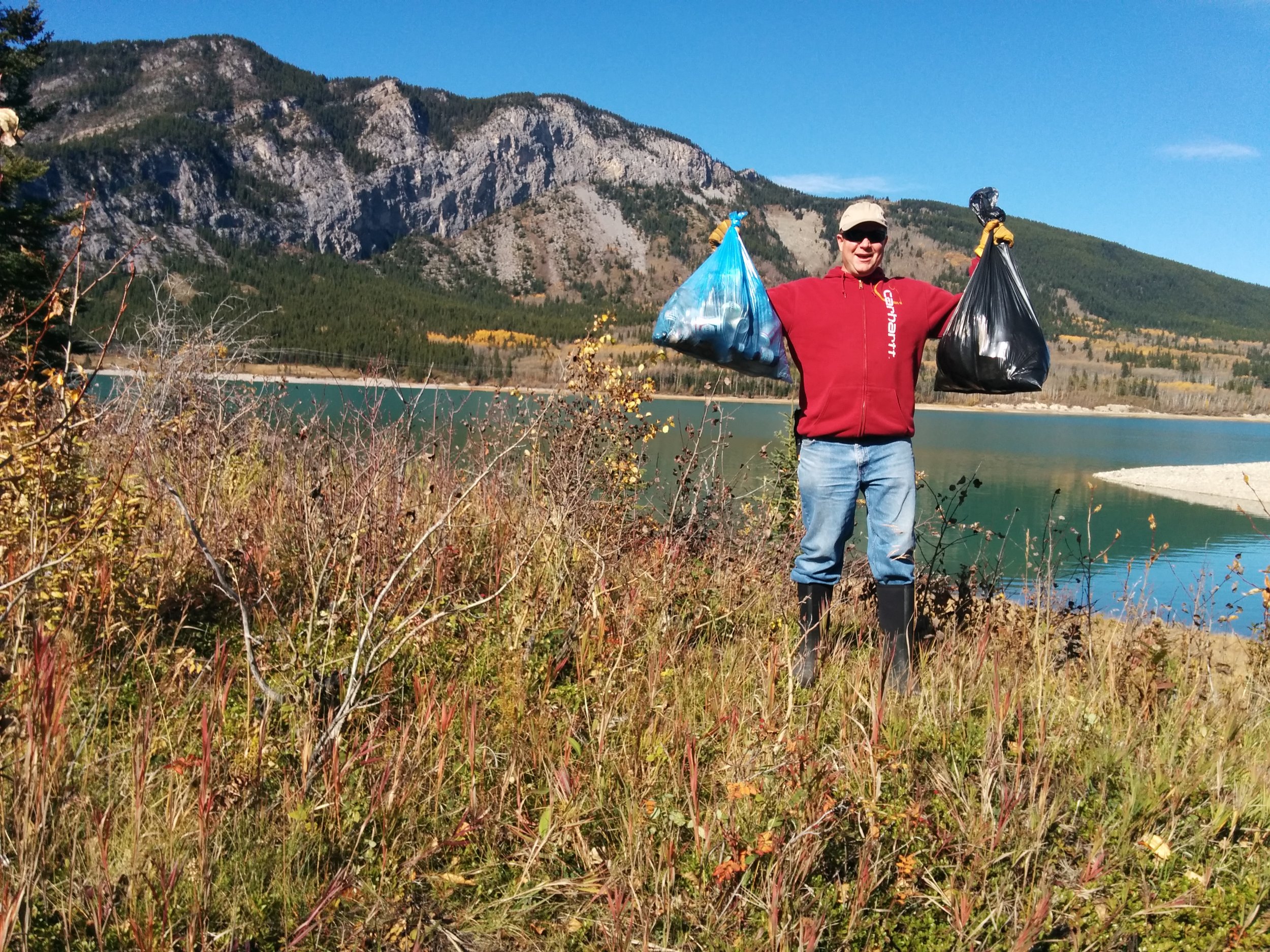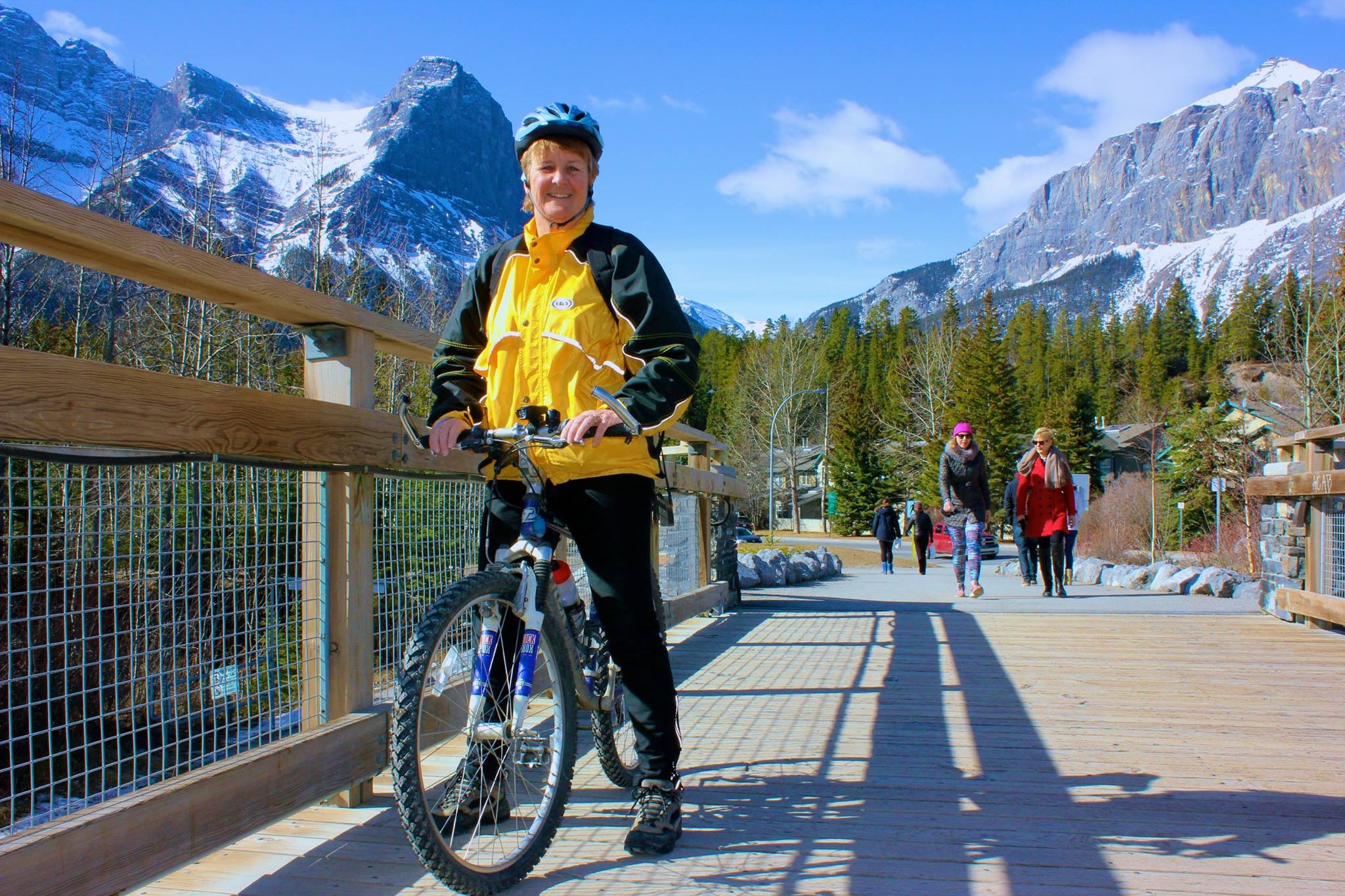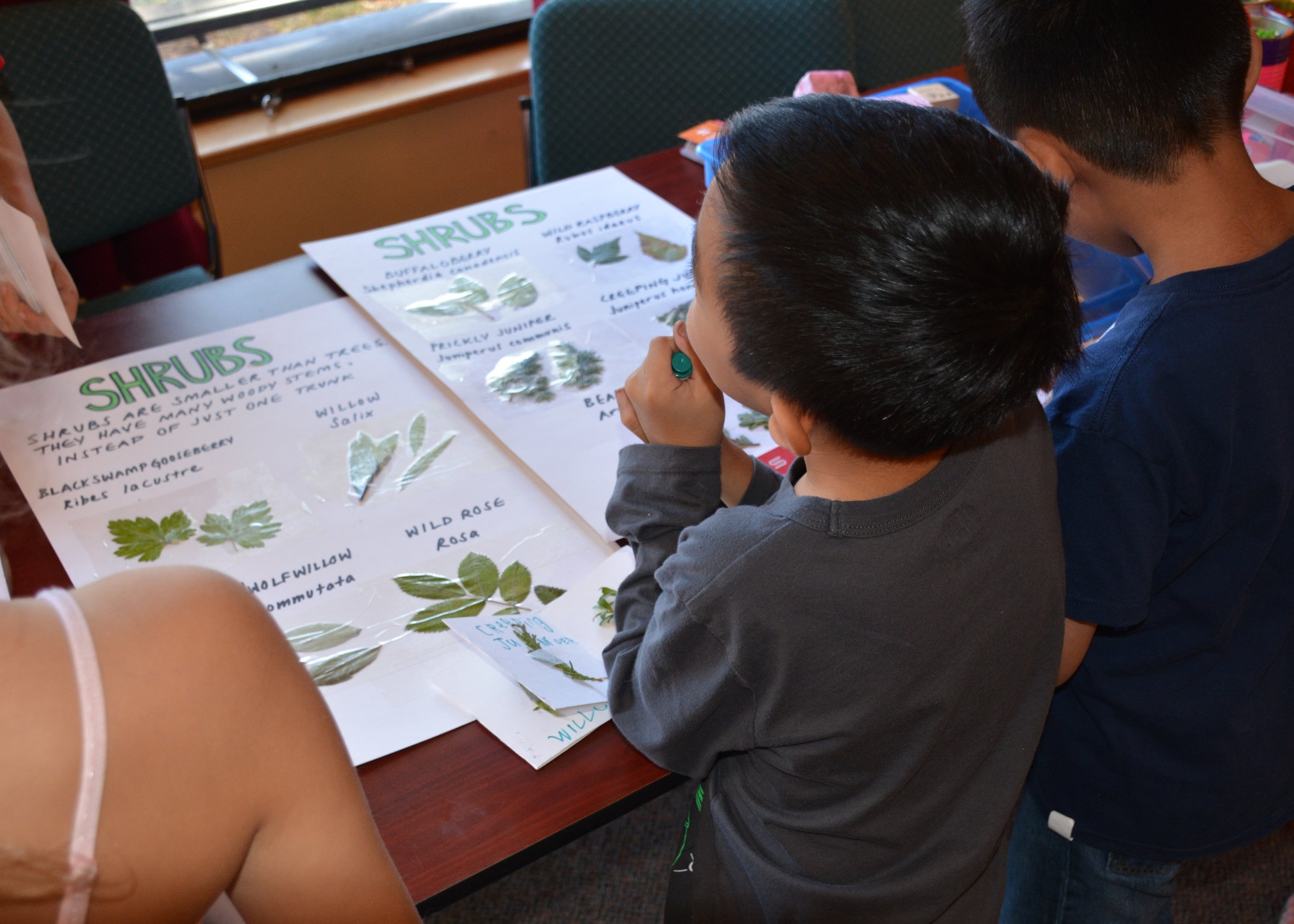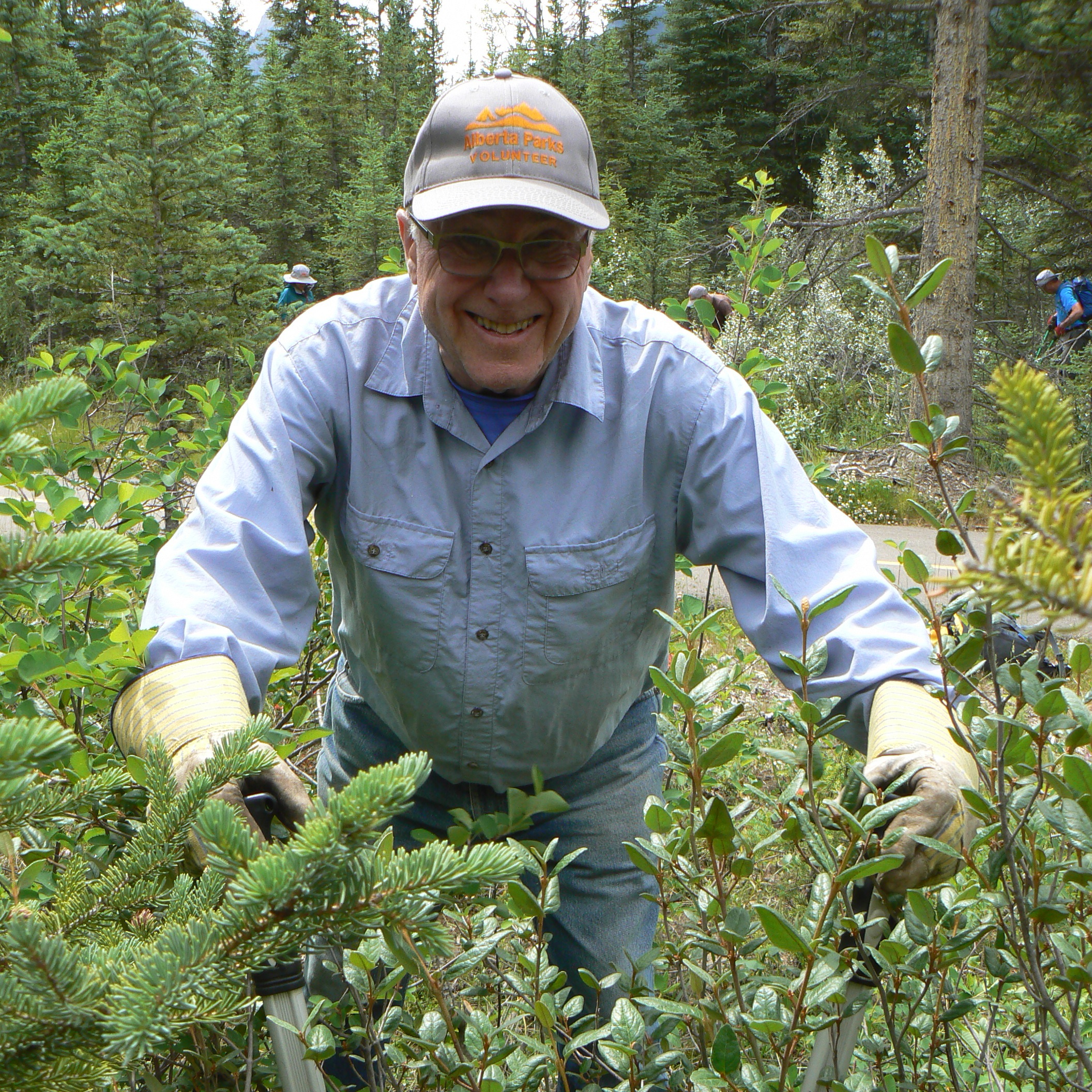With its stunning views, charismatic wildlife, and clean air and water, the Bow Valley is one of Canada’s most popular places to live and recreate. But the Valley has not always been as busy as it is today.
In the 1970s, Canmore was a quiet coal mining town with fewer than 2,000 residents. When the last mine closed in 1979, the municipality began to explore tourism as an alternative economic model. The 1988 Winter Olympics, hosted in Calgary, Kananaskis Country and Canmore, put the Bow Valley on the map as a regional, national and international outdoor recreation destination.
Today, Canmore is home to over 15,000 permanent residents and an additional 4,000 part-time residents. Another four to five million visitors come to the area each year, reflected in statistics like the number of Canmore’s hotel rooms, which has increased more than 12 times since 1979, and daily summer traffic on the Trans Canada Highway, which has nearly quadrupled in the same time. Meanwhile annual visitation to Banff National Park grew by an average of 6% each year between 2013 and 2018.
As the Bow Valley’s population and recreation footprint have increased, so too has pressure on wildlife and other natural resources. By the 1990s, the challenge of balancing growth and conservation was clear to community leaders. In 1997, these leaders established a small resource centre called the Biosphere Institute of the Bow Valley, whose mandate was to make ecosystem information available to decision makers and the public.
two decades of COMMUNITY ENGAGEMENT
The Biosphere Institute is a registered non-profit charitable society leading multi-partner, award-winning education and community engagement programs. We also involve many residents, businesses and visitors in education programs and community projects each year.
Some of our highlights include:
In 2004, the Biosphere Institute brought the internationally recognized Natural Step training program to Canmore, catalyzing diverse private and public sector organizations to put more environmentally sustainable operations into practice. These organizations shared what they learned with the community at a one-day forum attended by over 1,000 people, capped off by Dr. Karl-Henrik Robért (founder of the Natural Step) and Dr. David Suzuki speaking to a packed house.
After four years of close collaboration and program development with local managers and concerned citizens, WildSmart became a formal initiative of the Biosphere Institute in 2009. Since then, WildSmart has reached over 150,000 Bow Valley residents and visitors with its message of how to live and recreate safely and respectfully in landscapes shared with grizzly bears and other large wildlife species.
Through use of social science approaches like Community Based Social Marketing, the Biosphere has involved over 20,000 Bow Valley residents and visitors in efforts to conserve water, reduce their waste generation and energy use, and switch to alternative transportation. By 2018, these individuals’ actions had resulted in reductions of at least 20,000 tonnes of greenhouse gas emissions.
In collaboration with our partners, the Biosphere Institute has engaged hundreds of community volunteers, who have contributed thousands of hours to educating and learning from fellow community members, on topics ranging from protected area regulations to aquatic invasive species.
In 2020 the Biosphere Institute’s Canmore Community Solar project led to the creation of the first community-owned and -managed renewable energy cooperative in the Bow Valley, Bow Valley Green Energy.
The quality of our community engagement programs has been recognized nationally through multiple awards from Green Communities Canada and the Alberta Emerald Foundation.
The Biosphere Institute is guided by the understanding that as a community, we have the capability and responsibility to create enduring change for our world.



